To improve kayak speed, focus on technique and paddling efficiency. Incorporate proper body rotation and use a high-angle paddle for more power.
Kayaking is a popular outdoor activity that offers a great workout and the chance to explore beautiful natural landscapes. While leisurely paddling can be enjoyable, improving your kayak speed can add a new dimension of excitement and challenge to the experience.
By refining your technique and implementing specific strategies, you can enhance your speed and efficiency on the water. We will explore various tips and techniques to help you increase your kayak speed, allowing you to cover more distance and enjoy the thrill of gliding swiftly across the water. Whether you are a beginner or a seasoned paddler, these suggestions can help you take your kayaking skills to the next level and maximize your enjoyment of this exhilarating sport.
Choosing The Right Kayak
When improving kayak speed, choosing the right kayak is essential. Selecting the right type and considering length and width play crucial roles.
Selecting The Right Type
A recreational kayak suits beginners and calm waters.
A touring kayak is ideal for longer distances and rougher waters.
A sit-on-top kayak offers stability and easy access.
Considering Length And Width
Longer kayaks are faster but less maneuverable.
Wider kayaks provide stability but may sacrifice speed.
Balance length and width based on your needs for optimal performance.
Optimizing Paddling Technique
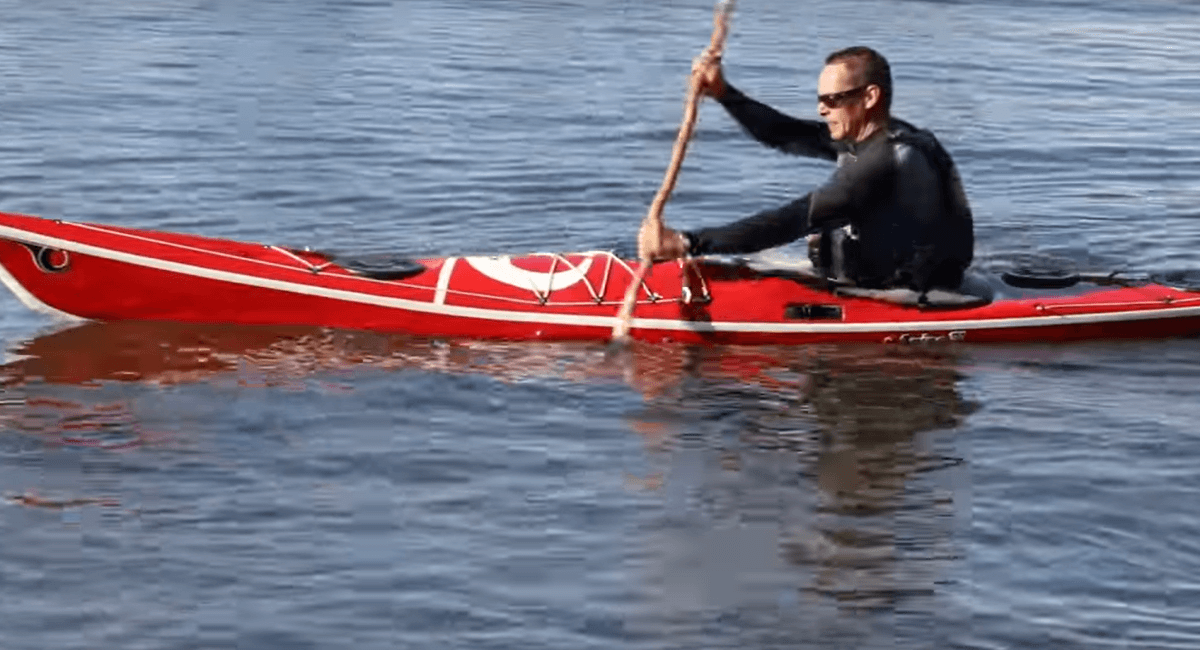
When it comes to improving kayak speed, one of the most crucial elements is optimizing paddling technique. By honing your technique, you can significantly enhance your speed and efficiency on the water. In this post, we’ll explore some essential strategies for optimizing your paddling technique and ultimately improving your kayak speed.
Improving Stroke Efficiency
Improving your stroke efficiency is key to maximizing your kayak speed. It’s important to focus on the way you engage with the water with each stroke. Ensure that your strokes are purposeful and that you’re leveraging the full power of each movement.
- Engage your core muscles to generate power and stability.
- Keep your strokes close to the kayak to minimize unnecessary movements.
- Focus on a smooth, consistent rhythm to maintain momentum.
Perfecting Forward Stroke
The forward stroke is the foundation of kayak paddling, and perfecting this technique can significantly boost your speed. Pay attention to the following aspects of your forward stroke:
- Position your body and maintain a proper posture throughout the stroke.
- Submerge the blade fully and pull it back along the kayak’s side for maximum propulsion.
- Rotate your torso with each stroke to engage the large muscles in your body.
Enhancing Physical Fitness
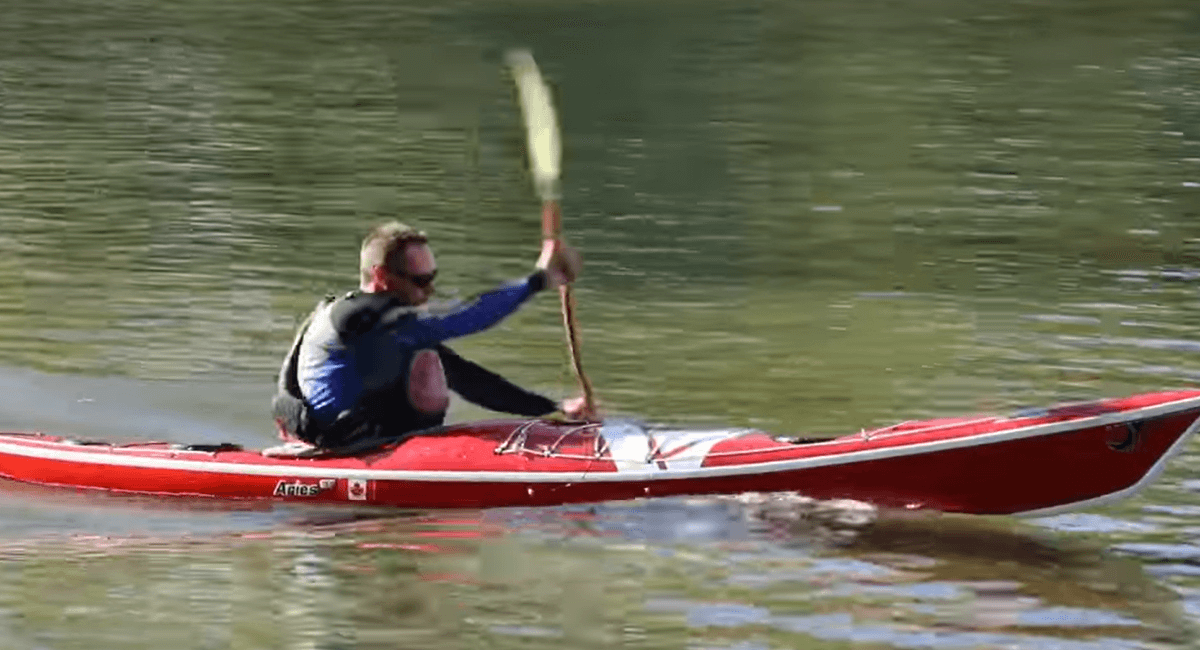
Enhancing physical fitness is key to improving kayak speed. Building upper body strength and increasing cardiovascular endurance are essential components of physical fitness for kayakers. By focusing on these aspects, paddlers can enhance their performance and achieve greater speed and efficiency on the water. Let’s delve into the specific strategies for enhancing physical fitness for improving kayak speed.
Building Upper Body Strength
Building upper body strength is crucial for kayakers as it enables them to exert more power with each stroke, propelling the kayak forward at a faster pace. Key exercises to enhance upper body strength include push-ups, pull-ups, and kayak-specific weight training routines. These exercises work the muscles of the arms, shoulders, and back, which are heavily utilized during kayaking. Additionally, incorporating core-strengthening exercises such as planks and Russian twists can further improve the paddler’s stability and stroke efficiency.
Increasing Cardiovascular Endurance
Increasing cardiovascular endurance is pivotal for maintaining sustained energy levels during long paddling sessions. Aerobic activities such as cycling, running, and swimming can significantly enhance cardiovascular fitness, directly benefiting a kayaker’s endurance on the water. Interval training, which involves alternating between periods of high-intensity effort and recovery, is an effective method for improving cardiovascular endurance. Moreover, practicing paddling drills and participating in regular kayak expeditions help in conditioning the body for prolonged exertion, ultimately leading to improved speed and performance.
Streamlining Your Gear Setup
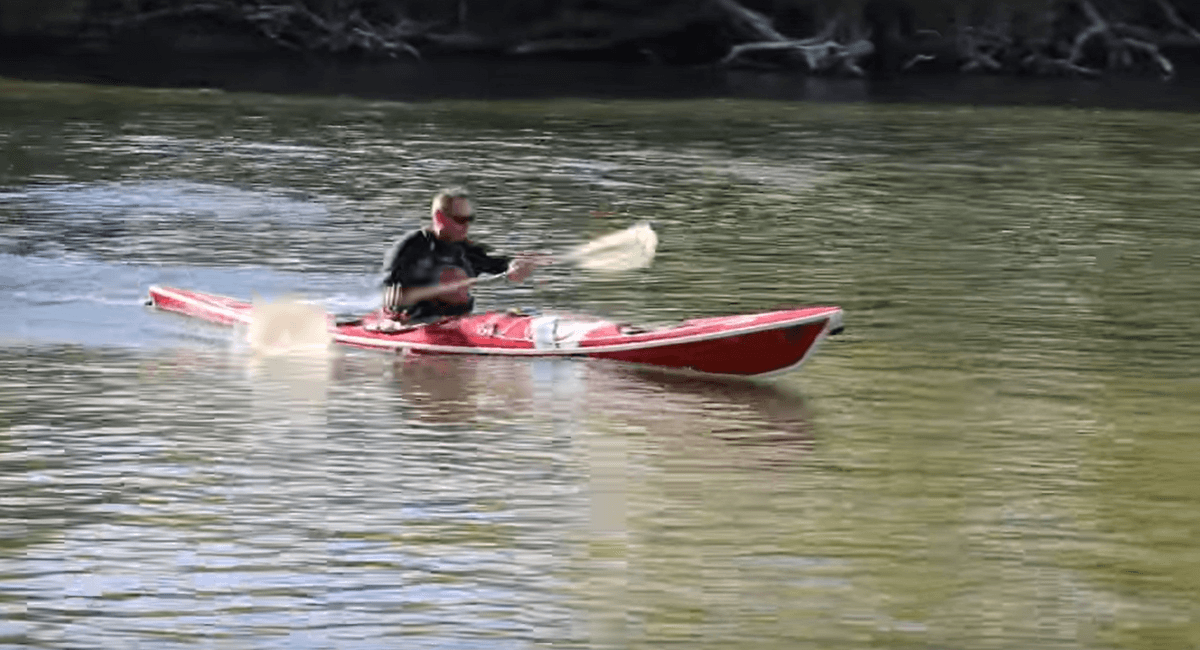
Improving kayak speed can be achieved by optimizing your gear setup. By streamlining your equipment and adjusting your seating position, you can enhance your performance on the water.
Reducing Excess Weight
Remove bulky and unnecessary items from your kayak to optimize speed. Focus on carrying only essential gear for a more efficient paddling experience.
Adjusting Seat And Footrest Placement
Properly position your seat and footrests to achieve a comfortable and ergonomic fit. This ensures better control and stability, leading to improved speed.
Understanding Water Conditions
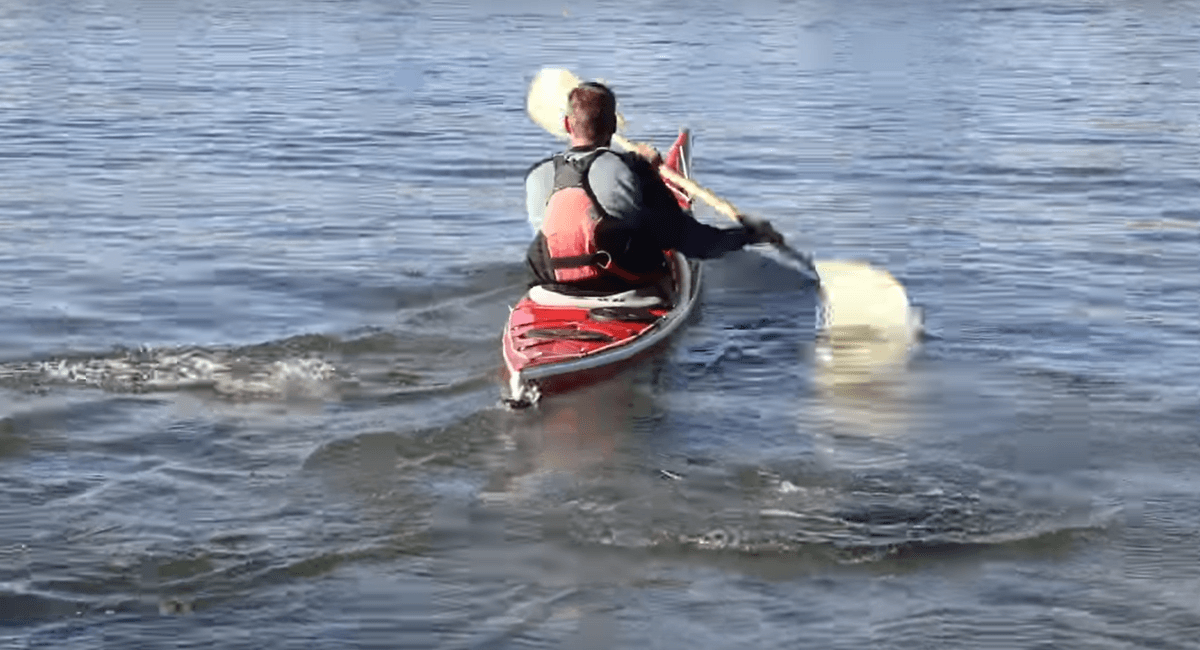
To improve kayak speed, it is crucial to understand water conditions. By learning to read the water, paddlers can identify currents and use them to their advantage while minimizing resistance. Developing a keen awareness of how wind, waves, and tides affect the water will greatly enhance overall kayaking speed and efficiency.
Reading Currents And Tides
When it comes to improving your kayak speed, understanding water conditions is key. One important factor to consider is the presence of currents and tides, as they can have a significant impact on your paddling experience. By reading and understanding these water movements, you can navigate more efficiently and make the most of your time on the water.
Currents: Currents are the continuous flowing movements of water in a particular direction. They can be caused by various factors such as tides, wind, and differences in water temperature. To read currents effectively, keep an eye out for visible signs on the surface, like waves or ripples. It’s also helpful to know the general water patterns of the area you’ll be kayaking in. For example, rivers tend to have faster currents in the center, while edges or slack water areas may provide a slower ride.
Tides: Tides are the rise and fall of sea levels caused by the gravitational forces of the moon and the sun. Understanding tide cycles can aid in planning your kayaking trips. Tide tables are widely available and provide information on the height and timing of high and low tides. Consider paddling during the tide change when water movement is minimal, allowing for smoother and more predictable conditions. Beware of strong tidal currents, as they can make paddling against them significantly more challenging.
Utilizing Wind To Your Advantage
Another element to consider for improving kayak speed is wind. While gusts and strong headwinds can be an obstacle, learning to harness the power of the wind can provide a boost to your paddling efforts.
Tailwinds: When the wind is blowing in the same direction as your desired path, take advantage of the extra push by adjusting your paddle strokes accordingly. A tailwind can help increase your kayak speed and make maneuvering more effortless. Maintain a steady rhythm, and consider using longer, more powerful strokes to propel yourself forward efficiently.
Crosswinds: Crosswinds blow across your intended path, and paddling against them can be challenging. To maximize your kayak speed in this situation, try angling your kayak slightly into the wind. This technique, known as edging, helps reduce the wind’s resistance and allows for smoother progress. Keep an eye on wind direction and adjust your course accordingly to make the most of the wind’s assistance.
Utilizing Technology For Performance
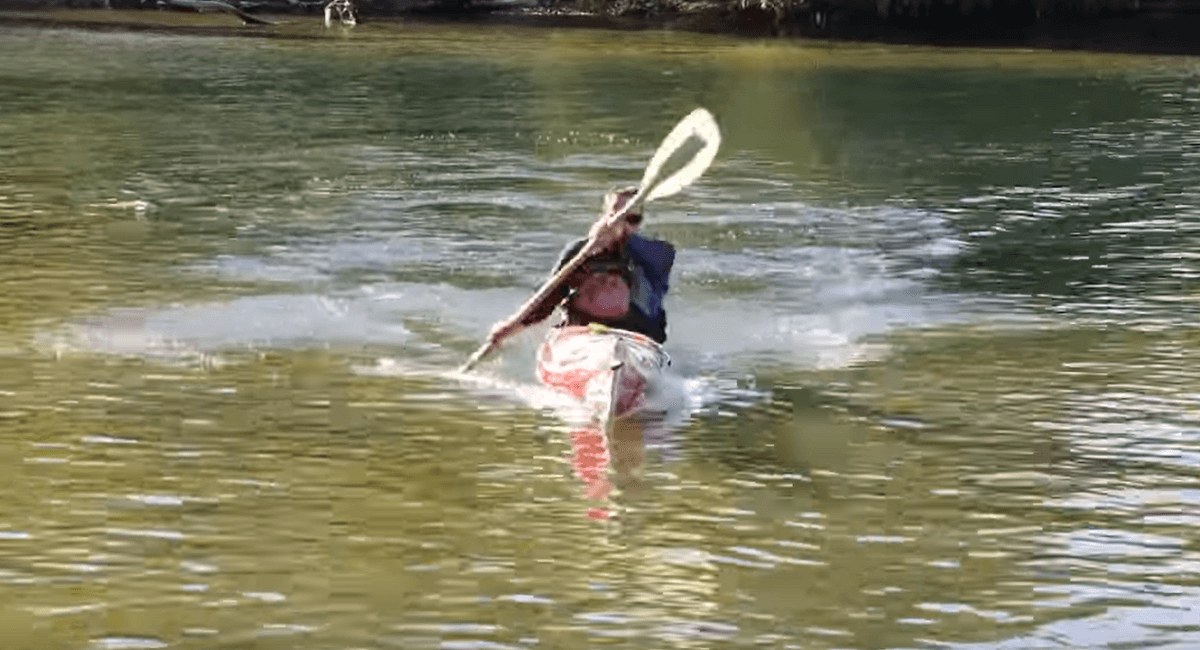
When it comes to improving your kayak speed, utilizing technology can be a game-changer. By incorporating the right tools into your training routine, you can track your progress, gather valuable insights, and ultimately enhance your performance on the water. In this article, we will explore two key technologies that can take your kayaking skills to the next level: GPS for tracking speed and progress, and fitness trackers for training insights.
GPS for Tracking Speed And Progress
Gone are the days of estimating your kayak speed and progress based on guesswork. With GPS technology, you can now accurately track your speed and distance covered. Whether you’re training for a race or simply want to push your limits, a GPS device can provide you with real-time data that will help you monitor your performance and make necessary adjustments.
By plotting your routes and analyzing the data collected, you can identify areas where you excel and areas that need improvement. This information can then be used to tailor your training sessions and focus on specific aspects of your paddling technique.
GPS devices also offer the benefit of allowing you to set goals and measure your progress over time. By comparing your current performance with records, you can track your improvement and stay motivated on your journey to becoming a faster kayaker.
In addition to speed and distance tracking, GPS devices often provide other useful features such as mapping capabilities, weather updates, and even safety alerts. These features can enhance your overall kayaking experience and contribute to a safer and more enjoyable outing.
Using Fitness Trackers For Training Insights
To optimize your kayak speed, it’s important to go beyond just tracking your speed. Fitness trackers can provide you with valuable insights about your training sessions, allowing you to make data-driven decisions and improve your overall performance.
With features like heart rate monitoring, cadence tracking, and calorie counting, fitness trackers offer a comprehensive view of your physical exertion during kayaking. By analyzing this data, you can adjust your training intensity, ensure you’re hitting the right heart rate zones, and optimize your paddling technique for maximum efficiency.
Furthermore, fitness trackers often come with accompanying apps or software that allow you to monitor your progress over time. These apps can provide you with detailed summaries of your kayaking workouts, highlighting key metrics and trends. For example, you can analyze your stroke rate, identify patterns in your performance, and make necessary adjustments to reach your speed goals.
In conclusion, by incorporating GPS technology and fitness trackers into your kayaking routine, you can take advantage of valuable data and insights to improve your speed and overall performance. Whether you’re aiming to break personal records or simply want to enhance your kayaking experience, these technological tools can help you reach your goals.
Training And Practice Regimen
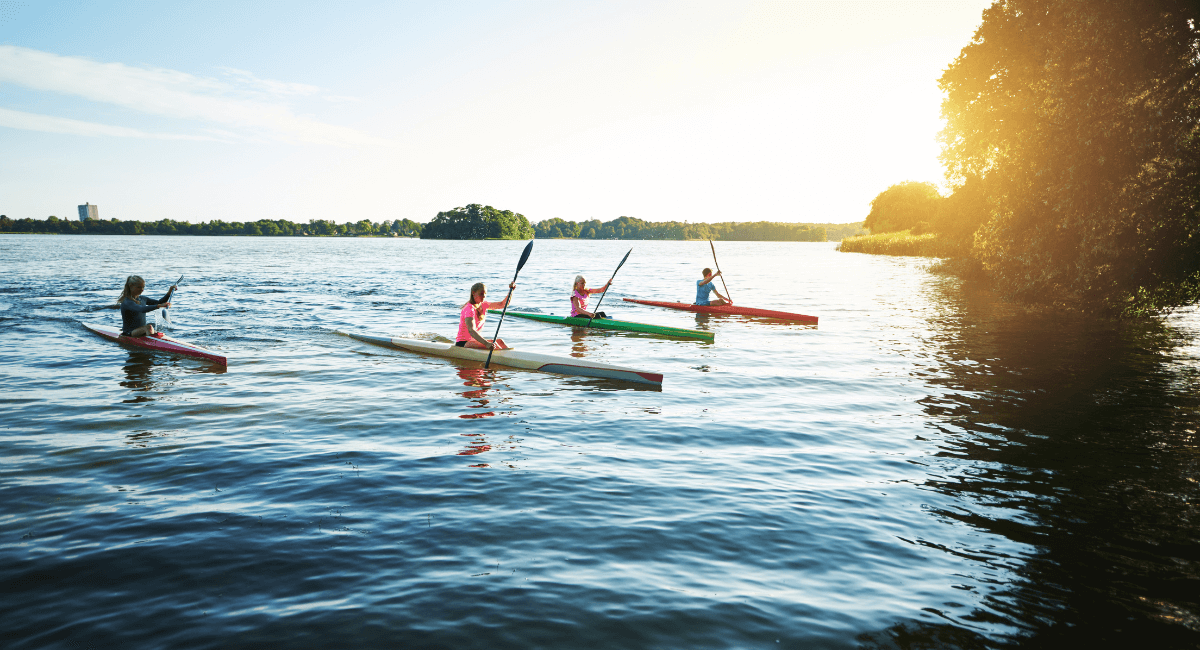
Training and practice regimen plays a crucial role in improving your kayak speed. Consistent and focused efforts through scheduled workouts and drills are essential for enhancing your performance on the water. Training smart and practicing regularly will help you achieve faster speeds and better paddling techniques.
Scheduled Workouts And Drills
Structured workout plans incorporating various drills can significantly boost your kayak speed. Set specific goals for each session and include a mix of endurance, strength, and speed-focused exercises. Consistency is key in honing your skills and improving your overall performance.
Consistent Practice In Various Conditions
Practicing in different water and weather conditions is imperative to becoming a well-rounded kayaker. Developing adaptability by paddling in calm waters, choppy waves, and challenging currents will enhance your speed and control on the kayak. Exposure to diverse conditions builds confidence and resilience.
Participating In Kayak Racing Events
Kayak racing events offer an exciting and challenging platform for enthusiasts striving to enhance their kayak speed and skills. Participating in these events not only provides a great opportunity to put your enhancements to the test but also allows you to learn invaluable techniques from seasoned racers. In this section, we’ll delve into the various ways kayak racing events can aid in improving your speed on the water.
Competing To Test Speed Improvements
Competing in kayak racing events serves as a practical method to test the improvements in your kayak speed. Participating in races allows you to gauge the effectiveness of your training regimens and the adjustments made to your kayak. By putting your enhancements into action in a competitive setting, you can accurately measure the impact of your efforts and identify areas for further improvement.
Learning From Veteran Racers
Engaging with veteran racers in these events can provide a wealth of knowledge and expertise. Observing their techniques, tactics, and strategies on the water can offer invaluable insights into optimizing your speed and overall performance. Learning from their experiences and adapting their successful approaches can significantly contribute to honing your skills and attaining heightened speed proficiency.
Frequently Asked Questions For How To Improve Kayak Speed
How Can I Improve My Kayak Speed?
To improve your kayak speed, you can focus on your technique by using proper paddling strokes and maintaining a good posture. Additionally, using a kayak with a sleek design and lightweight materials can also enhance your speed. Regular practice and building your upper body strength will also help you paddle faster.
Does The Shape Of The Kayak Affect Speed?
Yes, the shape of the kayak can significantly impact its speed. Kayaks with sleek, narrow hulls and a streamlined design are generally faster than wider and more stable kayaks. A narrow hull reduces water resistance and allows for faster paddling.
So, consider choosing a kayak with a shape conducive to speed if you want to improve your kayak’s performance.
What Is The Role Of Paddle Length In Kayak Speed?
The length of your paddle plays a crucial role in kayak speed. A longer paddle provides more leverage, allowing you to generate greater power with each stroke. This can result in increased paddling efficiency and faster speeds. However, it is important to choose an appropriate paddle length based on your height and paddling style to maintain proper technique and prevent strain or injury.
Conclusion
To enhance your kayak speed, focus on technique, proper equipment, strength training, and regular practice. Remember, consistency is key to progress. Implement these tips to see significant improvements in your performance on the water. Enjoy the thrill of paddling with increased speed and efficiency.
